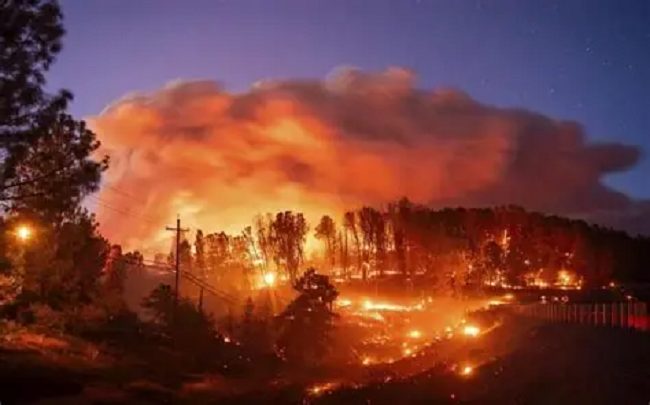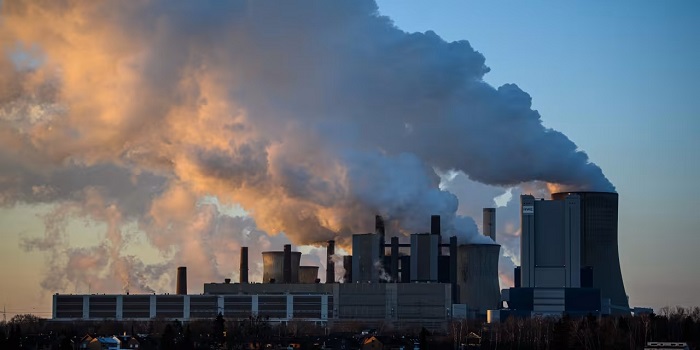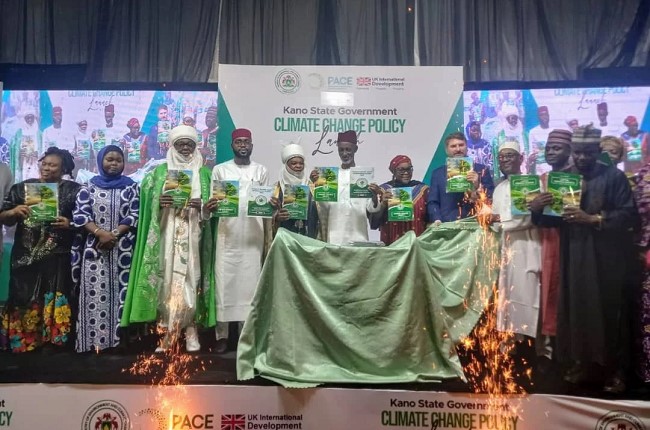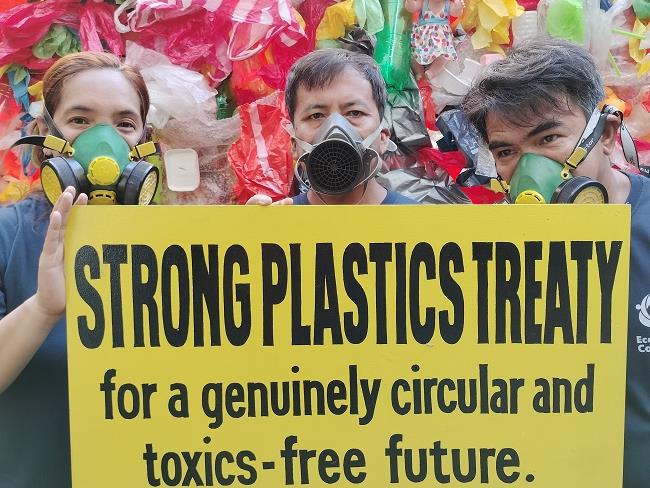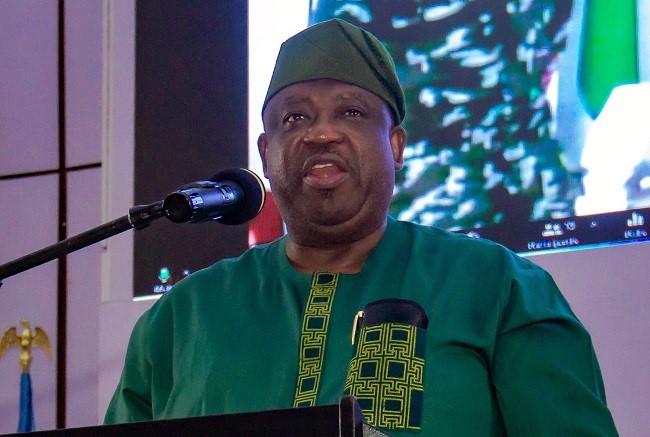Net carbon sinks from land use and forestry could fall by half if business as usual practices continue and would increase in line with climate plans only if new support is provided to developing countries

Twenty-five per cent of emissions reductions pledged by countries rely on land-based carbon mitigation – and these reductions are in jeopardy, according to a new study published on Wednesday, July 30, 2025, in Nature journal Communications Earth & Environment.
Developing countries such as the DRC, Indonesia and Ethiopia’s ability to meet the land-based commitments in their climate plans – Nationally Determined Contributions (NDCs) – are conditional on financial and institutional support being provided, which is currently lacking.
The research highlights how the scale of land-based carbon mitigation is invisible in the 2023 first Global Stocktake (GST), which closed at the end of UN Climate talks in Dubai. This new research helps close this information gap by systematically analysing, for the first time, how land was included in the last set of NDCs (NDC 2020), which detail planned emissions reductions to 2030.
The primary reason for the GST land blind spot is a conceptual disparity between how countries report land-use based greenhouse gases, and how global models compiled by the Intergovernmental Panel on Climate Change (IPCC) – that are used as a benchmark under the Paris Agreement to track progress- are constructed for land. This lack of data comparability builds on previous studies showing net zero progress could be overblown by as much as 18% as a result.
Academics argue that reconciling these differences is crucial because land is the only sector currently capable of removing carbon at scale from the atmosphere, a necessary condition for reaching net zero CO2 and stabilising global temperatures.
The first GST highlighted the benchmarks to be hit by 2030 if the planet is to remain on track for the Paris Agreement temperature goals (1.5 and 2 degrees C). It is expected to be re-visited and expanded upon as part of UN Climate talks, COP30, in Brazil later this year. Governments now have to submit the next set of NDCs with enhanced ambition, based on the GST, by this September. This new analysis raises fresh concerns ahead of climate talks that new plans won’t include the necessary action to curb global emissions.
Giacomo Grassi, Bureau member of the IPCC task force on GHG inventories, said: “If Net Zero CO2 is the destination, which is needed to stabilise global temperatures, the scientific models are the navigation system we’re using to get there, and the car dashboard is what countries are using to check progress. A major problem that we already identified is that one is speaking in miles per hour, and the other in kilometers. We think we’re getting there faster than we are as a consequence.
“There’s a mismatch in the definition of what constitutes an anthropogenic forest carbon sink, i.e. the sink that can be counted towards meeting countries’ climate targets. This has crucial consequences for our ability to assess global climate progress in line with the Paris Agreement. If we don’t accurately assess where we are, we can’t accurately correct our trajectory towards net zero.”
Data analysed in the study shows that governments around the world are reporting that the net carbon sink has been slightly increasing globally. Meanwhile, climate impacts such as fires and droughts are putting at risk land’s ability to soak up carbon.
The paper finds for the first time that approximately two-thirds of the land-based pledges for 2030 stems from emissions reductions, largely from reduced deforestation, while one-third comes from the creation of new land sinks via tree planting and forest restoration
Dr. Rebekah Shirley, Deputy Director for Africa, World Resources Institute, said: “Countries in the Global South steward most of the planet’s standing forests and carbon sinks – yet are expected to shoulder global climate stability without equitable finance. Building robust, green and resilient economic pathways requires the fiscal space to invest in nature-based development, debt frameworks that reflect climate risks and nature benefits in resource allocation, and scaling solutions that help reward stewardship. COP30’s expected operationalisation of the Tropical Forest Finance Facility offers a historic opportunity to place nature, biodiversity, and resilience at the heart of the global climate agenda.”
Rosa M. Roman-Cuesta, lead author, said: “Our study highlights that in the second submission of countries’ pledges (NDC 2020), land remains a highly relevant global sector for mitigation, retaining a quarter of the global pledges. Without the active role of global land sinks in stabilizing the increase of emissions from other sectors, the goals of the Paris Agreement simply cannot be reached. Modelled pathways rely on large amounts of additional sinks to retain the 2C goal.
“While we reduce other sectors emissions, it is vital we ensure enough support and sustainable consumption patterns are promoted to tackle deforestation and enhance global land sinks. At the same time, retaining current and additional land sinks will become more challenging under worsening climate conditions, highlighting the risk of over-dependence on land sinks for mitigation progress.”
The 25% of emissions reductions coming from land in NDCs are mostly unlikely to happen without financial and institutional support being provided, according to the analysis. The authors highlight how current financial options, crucial to support global mitigation efforts, have been under-resourced for decades. This includes activities that were intended to fund forests, such as REDD+ mechanisms. Even with appropriate funding, land-related pledges by 2030 will have to compete with alternative land development programs, such as agro-commodity expansion, petrol operations, and mining.
Scientists argue that data translation between communities estimating land carbon emissions and removals is needed to address the current blind spot. They suggest that future Global Stocktakes should incorporate countries’ data on land, and enhanced monitoring and reporting.
There should also be apple-to-apple comparability between IPCC models and NDC commitments. While land and forests should be incorporated in economy-wide mitigation commitments, land-based pledges should be separated from other mitigation efforts to more easily understand their drivers and threats.
New emerging financial solutions such as the Tropical Forest Forever Facility are expected to be launched at the UN Climate Summit, COP30, in Brazil later this year. The fund aims to financially incentivise keeping forests standing.



